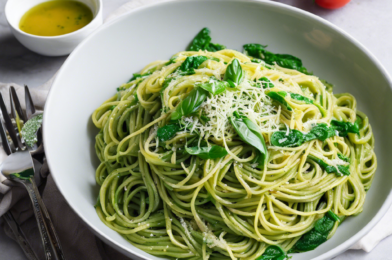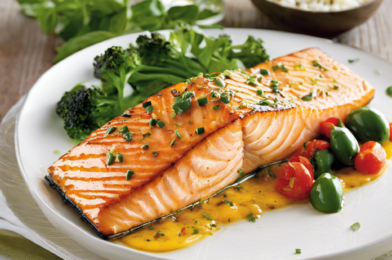Creating the ultimate comfort food, stuffed shells is an art form that combines the richness of cheese, the heartiness of pasta, and the versatility of various fillings. This Italian-inspired dish is a favorite among food enthusiasts, perfect for a cozy night in or as a crowd-pleaser at gatherings. Let’s delve into the step-by-step process of crafting the perfect stuffed shells, ensuring every bite is a sensation.
Begin your culinary adventure by sourcing high-quality jumbo pasta shells. These shells are the foundation of your dish, so opt for a reputable brand known for its al dente perfection. While boiling the shells, be mindful of the delicate balance of not overcooking them; aim for a firm yet tender texture. Once cooked, carefully drain and set them aside to cool.
As the shells take center stage, it’s time to prepare the star of the show—the cheese filling. A blend of ricotta, mozzarella, and Parmesan cheeses creates a creamy and flavorful base. Enhance this mixture with fresh parsley, garlic, and a pinch of salt and pepper to elevate the taste. The secret to a truly exceptional filling is ensuring the moisture content is just right, preventing any sogginess.
Now for the assembly! Gently stuff each shell with the cheese mixture, being generous without overfilling. Arrange the stuffed shells in a baking dish, creating a visually appealing layout. For an extra layer of flavor, consider adding your favorite tomato sauce, spreading it evenly over the shells. A sprinkle of mozzarella on top will create a golden, bubbly finish when baked.
Preheat your oven to the optimal temperature and bake the shells uncovered, allowing the cheese to melt and the flavors to meld. The aroma wafting from your oven will be a tantalizing preview of the deliciousness to come. Serve these mouthwatering stuffed shells as a main course, accompanied by a crisp green salad and crusty garlic bread.
In conclusion, mastering the art of making perfect stuffed shells is a culinary journey worth embarking upon. With attention to detail and a commitment to quality ingredients, you can create a dish that satisfies both the eyes and the palate. Happy cooking!









